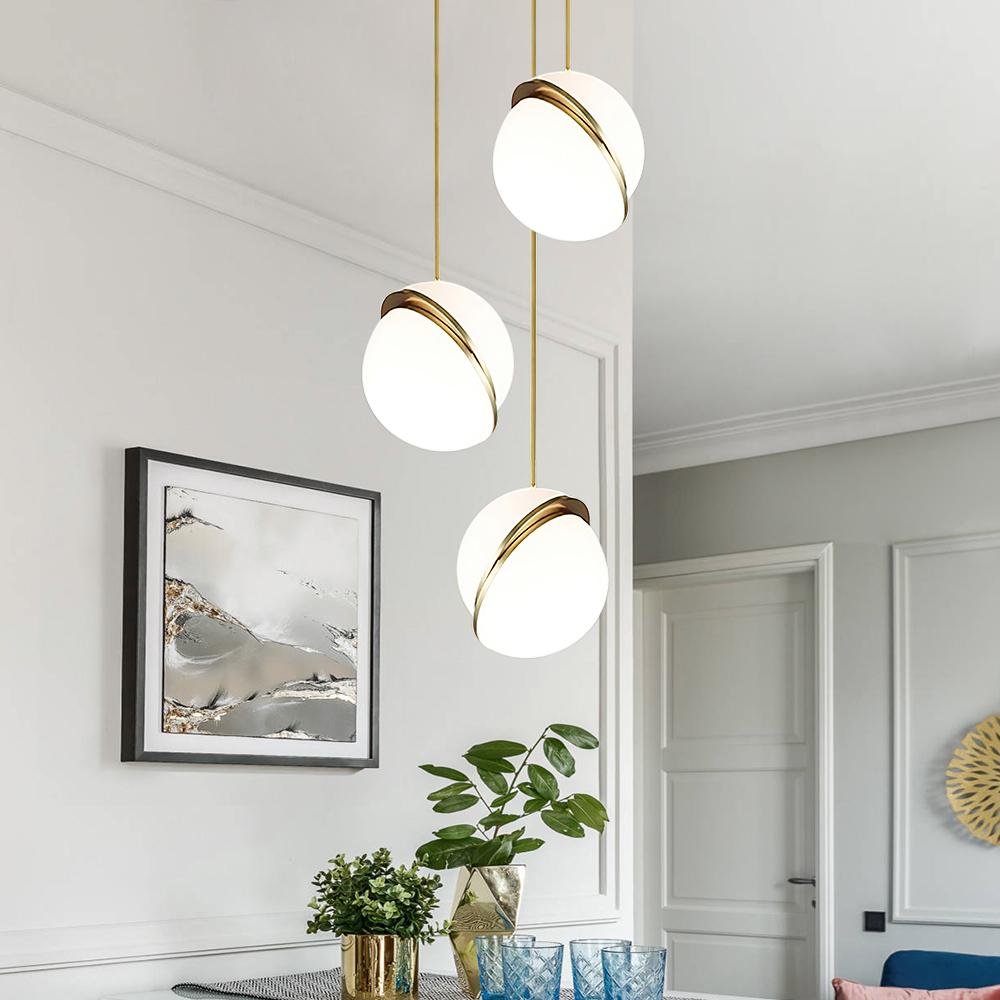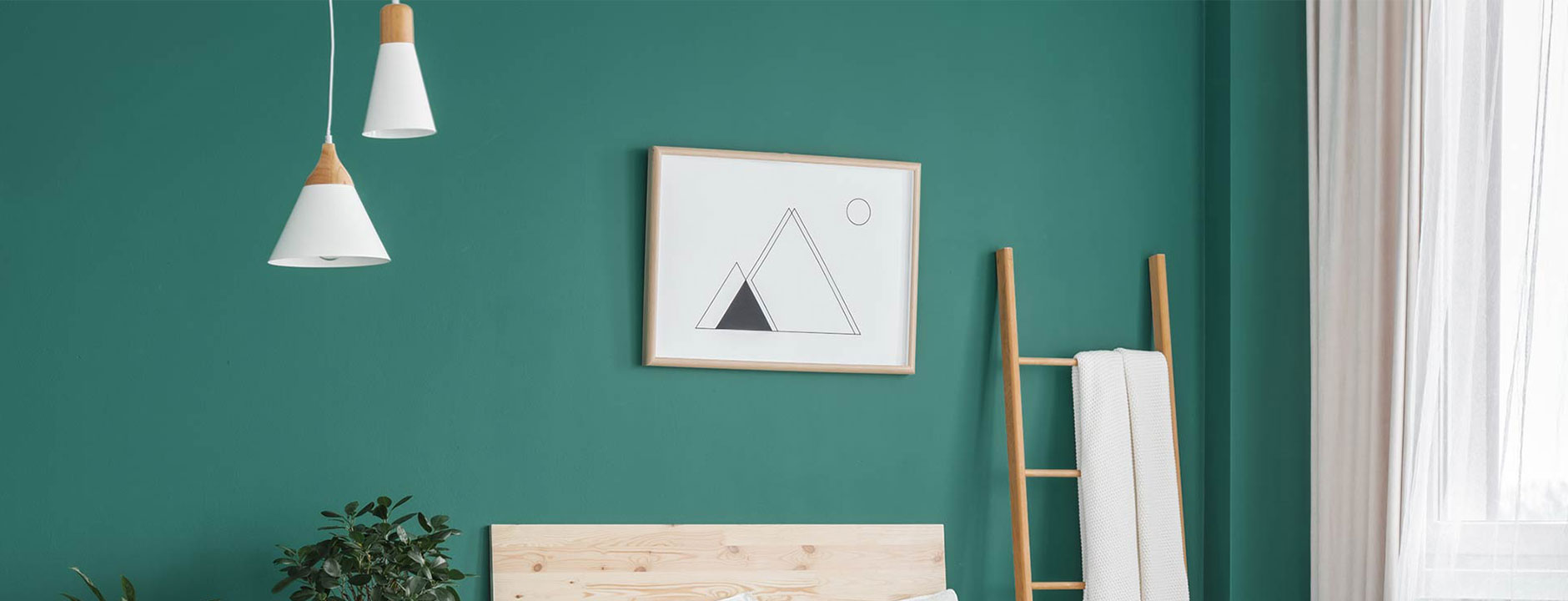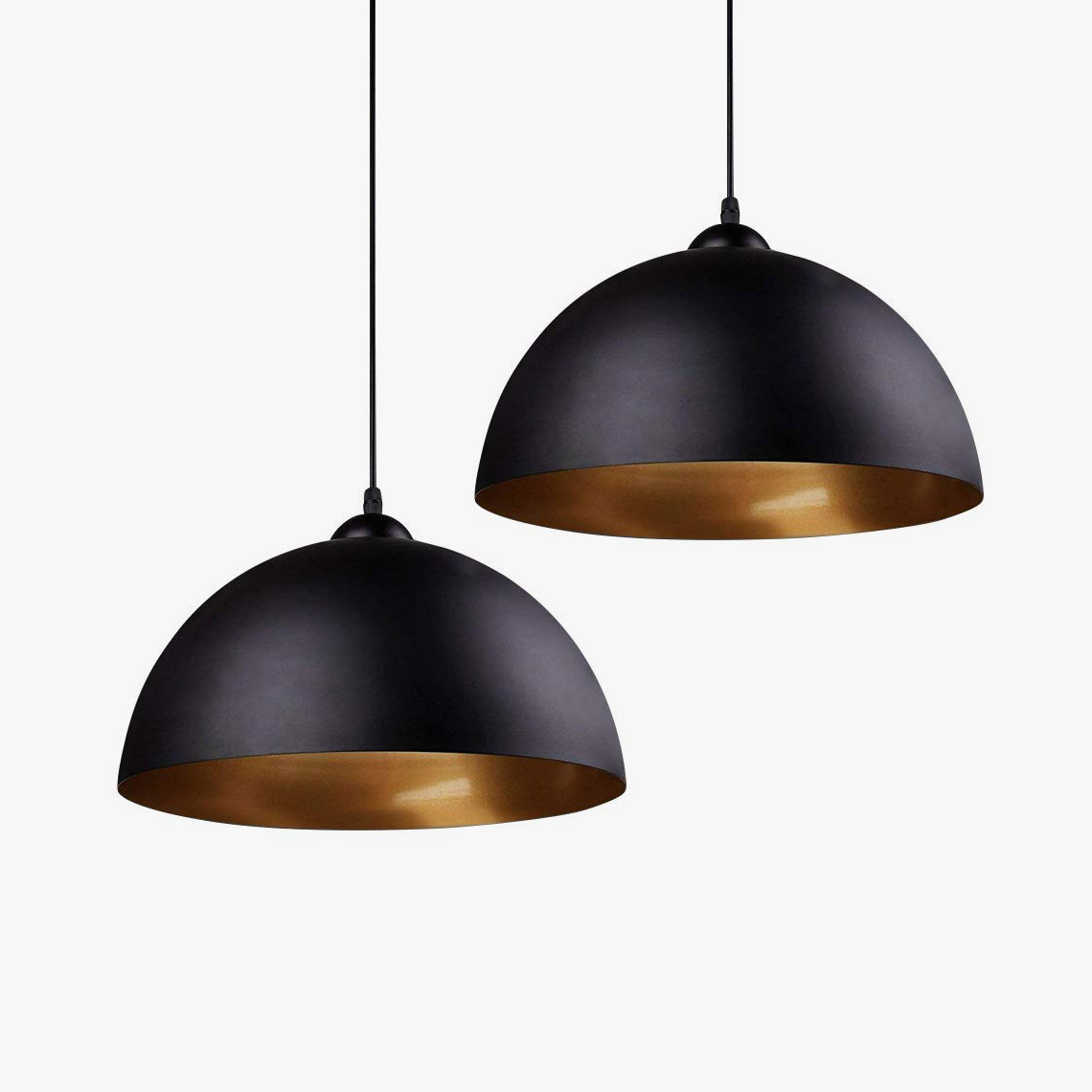How to Be Eco-Friendly With a Pendant Light and LED Bulbs
Wiki Article
A Comprehensive Overview to Installing and Maintaining Your Necklace Light
Keeping a pendant and mounting light requires careful planning and implementation. Correct height dimensions can improve both performance and style. Crucial tools and a clear installation process are essential for an effective configuration. Regular maintenance assurances long life and efficiency. Understanding these aspects can change a room. Nevertheless, recognizing where to start might appear daunting. What steps should one prioritize to accomplish the ideal outcomes?Recognizing Pendant Light Styles
While many homeowners look for to boost their rooms with necklace illumination, recognizing the different styles readily available is vital for making an educated choice. Necklace lights can be found in a multitude of layouts, each offering distinct visual and useful advantages. Conventional necklace lights commonly feature timeless forms and products, such as glass or metal, offering an ageless allure. Contemporary styles, on the other hand, might include strong shades and innovative products to create striking focal factors.Industrial-style necklaces commonly make use of resources like revealed light bulbs and rustic surfaces, appropriate for loft spaces and modern-day settings. For a much more whimsical touch, vintage-inspired choices stimulate fond memories with complex information and retro surfaces. Additionally, minimalist layouts focus on simpleness and clean lines, attracting those who like downplayed elegance. Recognizing these diverse designs permits property owners to choose pendant lighting that not only enhances their decoration however also serves their useful illumination needs efficiently.
Gauging the Ideal Height for Your Pendant Light
Exactly how does one determine the perfect height for a necklace light? To achieve the ideal capability and visual allure, numerous elements have to be considered. Commonly, a pendant light need to hang 30 to 36 inches above an eating table to guarantee enough illumination without blocking sights. In areas with high ceilings, the component may be positioned a little greater to keep symmetry.For kitchen islands, a height of 28 to 34 inches above the counter top is normally suggested, enabling sufficient light protection while preserving a welcoming environment. In living areas, the necklace ought to be hung at an elevation that matches the surrounding decor and does not develop a risk for people strolling under it.
Ultimately, individual choice and area dimensions play considerable duties in establishing the excellent height. Evaluating different heights prior to final installation might help accomplish the wanted impact and performance.
Tools and Products Needed for Installment
Successful installment of necklace lights needs a specific set of devices and products to assure a smooth procedure. Necessary tools consist of a screwdriver, cable pole dancer, and a drill, which help with protected fixture add-on and correct electrical wiring. A voltage tester is important for validating safety and security by ensuring that power is off before starting any type of electric work.Along with tools, certain products are needed for installation. These consist of the necklace light itself, electric circuitry, wire nuts for secure connections, and placing hardware. A ceiling hook might also be required, depending on the fixture's style.
For added safety and security and convenience, a ladder will certainly aid within high ceilings, while a level guarantees that the light hangs equally. Preparing these tools and materials ahead of time enhances the installment process, making it more reliable and efficient. Correct prep work is necessary to attaining a successful necklace light installation.
Step-by-Step Installment Process
With the essential devices and products gathered, the installment process for pendant lights can start. First, the power supply need to be shut off at the circuit breaker to ensure safety and security. Next, the installing bracket needs to be connected to the electrical box in the ceiling. After safeguarding it, the electrical expert's tape ought to be utilized to cover any kind of revealed cables.Adhering to that, the necklace light's cables are linked to the equivalent cords in the ceiling: black to black (or red), white to white, and environment-friendly or copper for ground. When the links are made, they need to be protected with wire nuts.
The pendant light can after that be connected to the placing brace, making certain it hangs at the desired height. Lastly, the light bulb is inserted, and the power is turned back on at the circuit breaker, enabling the brand-new necklace light to illuminate the room.
Keeping and Cleaning Your Necklace Light
What actions should be required to assure the longevity and visual charm of necklace lights? Routine upkeep and cleansing are important in maintaining their beauty and functionality. Dust and dirt can collect on necklace lights, diminishing their sparkle. To clean, a soft, lint-free fabric or microfiber towel ought to be used, in addition to a mild cleaner suitable for the surface area product - Pendant Light. For glass or crystal necklaces, a glass cleanser can improve clarity without touchesIt is suggested to shut off the light and enable it to cool down prior to cleaning. Furthermore, evaluating the component for loose light bulbs or links periodically ensures security and height efficiency. If applicable, transforming bulbs regularly avoids pressure on electric parts. Preserving a safe setting by avoiding exposure to wetness can significantly expand the life of pendant lights. Adhering to these actions will maintain pendant lights looking their finest while functioning successfully.
Repairing Typical Necklace Light Issues
When pendant lights breakdown, numerous typical issues might emerge, including flickering light bulbs, incorrect setup, and voltage changes. Identifying the origin is necessary for efficient fixing and ensuring peak efficiency. Dealing with these problems promptly can improve the longevity and capability of pendant lights components.Flickering Light Bulbs
Flickering light bulbs can be a source of disappointment for house owners, usually signaling underlying electrical problems or straightforward maintenance requirements. This phenomenon may stem from loose bulb connections, where the light bulb is not securely suited the outlet, triggering periodic call (Pendant Light). Furthermore, damaged or aging bulbs might flicker as they near completion of their life expectancy. An additional common reason is inconsistent voltage, which can arise from issues within the electrical system or overloading circuits. Homeowners need to likewise examine for harmed electrical wiring, as this can cause flickering and position safety risks. Regular inspections and prompt substitutes are vital to guarantee proper capability and to keep a risk-free home atmosphere. Identifying the root cause immediately can prevent further issues
Wrong Installment Concerns
Improper installation of pendant lights can cause a variety of concerns that may look like those triggered by flickering light bulbs. Typical problems include loosened electrical wiring connections, which can interfere with the flow of electrical energy and outcome in recurring illumination. Additionally, if the installing bracket is not firmly secured, the necklace may hang erratically, producing an unsteady fixture that can create vibrations or noise. Incorrect bulb kinds or power level can likewise contribute to performance concerns, as inappropriate bulbs may not operate successfully in the fixture. Inadequate spacing from the ceiling can develop shadows or reduce light circulation, reducing the intended effect of the necklace light. Recognizing and resolving these installment mistakes is vital for achieving appropriate performance and visual allure.Voltage Variation Issues
Although pendant lights can enhance a room's atmosphere, voltage variations can lead to significant performance issues. These variations may create flickering lights, minimized illumination, and even premature bulb failing. To diagnose such problems, one must initially check the light's compatibility with the voltage supply. Using a multimeter can help measure voltage degrees and determine irregularities. It might be needed to check the electrical system for loose links or defective wiring if voltage problems continue. In many cases, consulting a qualified electrical expert is a good idea to assure safety and conformity with regional codes. Correctly attending to voltage variations not just improves the efficiency of necklace lights but additionally extends their life expectancy and enhances total lighting top quality.click over here now
Enhancing Your Space With Necklace Light Positioning
Effective pendant light positioning can significantly boost an area by adhering to perfect elevation guidelines, making sure the ideal lighting degree. Layering these lights with other resources can develop a well balanced ambience, highlighting focal factors within the room. Achieving an unified look calls for cautious factor to consider of both the fixture's placement and its relationship with bordering aspects.Ideal Elevation Guidelines
When pondering the optimal elevation for necklace lights, a basic guideline suggests hanging them about 30 to 36 inches above a kitchen counter or table surface. This elevation enables maximum illumination while guaranteeing that the light does not block sights or produce dangers. In eating locations, necklace lights ought to be placed to improve the dining experience, normally around 28 to 34 inches over the table. For kitchen islands, keeping harmony throughout several necklaces can produce a natural appearance; spacing them equally and adhering to the advised height boosts capability. It is Web Site necessary to take into consideration ceiling height too, as higher ceilings might call for changes to maintain proportionality and aesthetic allure. Correct elevation positioning substantially contributes to the general setting of an area.Layering With Various Other Lights
As necklace lights are incorporated into a broader lights style, they can substantially enhance the environment of a room. Their versatility enables them to be layered with ambient, task, and accent lights, producing an unified balance. For example, integrating pendant lights with recessed lights can offer general illumination while highlighting details areas. Task illumination, such as under-cabinet lights, can enhance necklaces in kitchen areas, guaranteeing performance without giving up style. Accent lights, like wall surface sconces, can additionally enhance the setting, accentuating artwork or architectural functions. By strategically placing these light resources, property owners can attain depth and dimension, changing a common area into a magnificently brightened setting that accommodates various tasks and moods.Focal Factors and Equilibrium

Strategically put pendant lights can act as charming focal points within an area, drawing the eye and boosting the total visual. When picking pendant lights, it is critical to take into account their form, color, and dimension to assure they match the existing decoration. For instance, a bold, extra-large pendant can produce a striking focal point above a table, while smaller sized components might function much better in clusters to attain a well balanced look. In addition, positioning pendant lights at differing elevations can add deepness and aesthetic interest to the room. Keeping balance with various other elements, such as furniture and wall colors, will make certain that the necklace lights boost the space without frustrating it. Thoughtful positioning transforms the setting, producing a harmonious and inviting atmosphere.
Frequently Asked Questions
Can I Mount a Necklace Light in a Recessed Ceiling?
The question of whether a pendant light can be mounted in a recessed ceiling commonly occurs. Typically, it is feasible with proper installing equipment, making sure appropriate support and electrical links for risk-free and efficient installation.What Sort of Bulb Is Ideal for Necklace Lighting?
When picking bulbs for necklace lights, LED options are often liked due to their power efficiency and longevity. Furthermore, the shade temperature must match the wanted ambiance, with warm white being a prominent selection for comfy settings.Are Pendant Lights Safe for Outdoor Use?

How Do I Pick the Right Necklace Light Wattage?
Choosing the appropriate pendant light electrical power involves assessing the area's size, desired illumination, and component compatibility. Generally, reduced electrical powers match ambient lighting, while greater electrical powers give job lights, making sure functionality and visual charm.Can I Utilize a Dimmer Switch With My Necklace Light?
The concern developed whether a dimmer button can be utilized with a necklace light. Typically, if the light component and bulb are compatible, a dimmer switch can successfully improve setting and control illumination degrees.
When pendant lights malfunction, a number of common problems might emerge, consisting of flickering light this contact form bulbs, wrong installment, and voltage fluctuations. Incorrect installation of pendant lights can lead to a range of concerns that may appear like those created by flickering bulbs. Inadequate spacing from the ceiling can develop darkness or minimize light distribution, diminishing the desired effect of the pendant light. Reliable necklace light positioning can significantly boost a room by sticking to optimal height guidelines, ensuring the best illumination degree. When selecting bulbs for pendant lights, LED choices are often chosen due to their energy effectiveness and longevity.
Report this wiki page